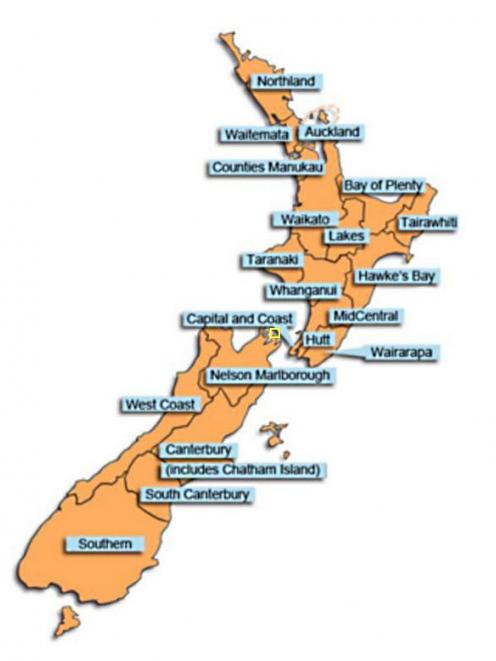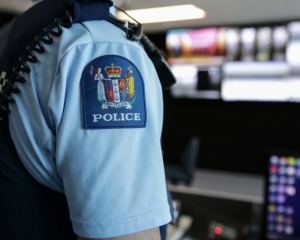
New Zealand has too many district health boards and they should be cut by half to free up desperately needed health dollars, says one board member.
New Zealand should reduce its DHBs from 20 to 10, Waikato District Health Board member Mary Anne Gill believes, and has called for a discussion on the issue ahead of the general election, even if it means she might lose her seat.
"We have too many DHBs. Somebody here in New Zealand needs to have the conversation about our health system. Is it working well?"
mS Gill, a former Waikato DHB manager who was elected to the board in October last year, believes reducing DHBs and getting rid of many elected and appointed board members as well as dozens of senior managers - many of whom draw six-figure salaries - would free up tens of millions of dollars for frontline services.
"I personally feel we've got 10 too many."

Ms Gill said regionalisation and sharing was already encouraged between the country's neighbouring DHBs.
In Auckland, Dr Lester Levy was chairman for all three district health boards; Counties Manukau, Auckland and Waitemata.
And in the South Island, Canterbury and West Coast DHBs share chief executive David Meates.
In the Midlands region five DHBs band together to share services including Waikato, Lakes, Bay of Plenty, Taranaki and Tairawhiti in Gisborne.
Bay of Plenty's board chairwoman Sally Webb is also the deputy chair at Waikato.
"But in those five DHBs, there's five CEOs, five chief financial officers, five of everything," Ms Gill said.
At Waikato alone the CEO drew a salary of up to $560,000 per year.
Clinically, the DHBs worked well together and now it was time to streamline management, Ms Gill said.
DHBs were established in January 2001 to fund, plan and provide health services.
But district health board debt collectively has ballooned to $117m for the past 12 months, more than twice the $58m forecast in October 2016.
And the estimated deficit of the country's 20 DHBs is predicted to climb to more than $160m for the current financial year.
Labour health spokesman Dr David Clark said he would be open to discussing the issue but he did not think there was a need to reduce DHBs.
"My existing is view is that the democracy that local DHBs provide is incredibly important. But that doesn't mean there isn't room for sharing services."
Dr Clark said different DHBs had different purchasing expertise and service delivery and while some functions could be shared he was skeptical about "theoretical efficiencies" and reducing the ability of local people to have their say about health issues.
"The risk is when you get rid of local democracy, people feel powerless, they don't engage and therefore they don't share their expertise which would help things run better at a local level."
Green party health spokeswoman Julie Anne Genter said underfunding in health would not be solved by cutting the number of DHBs.
Health Minister Dr Jonathan Coleman said there were "no plans to merge DHBs".












